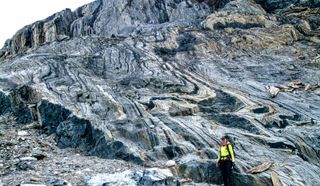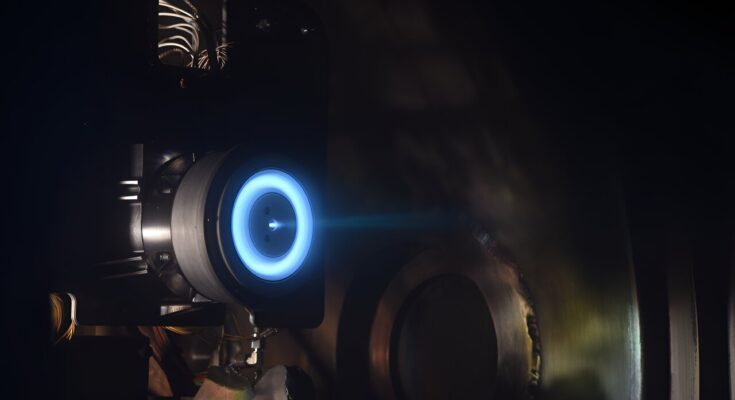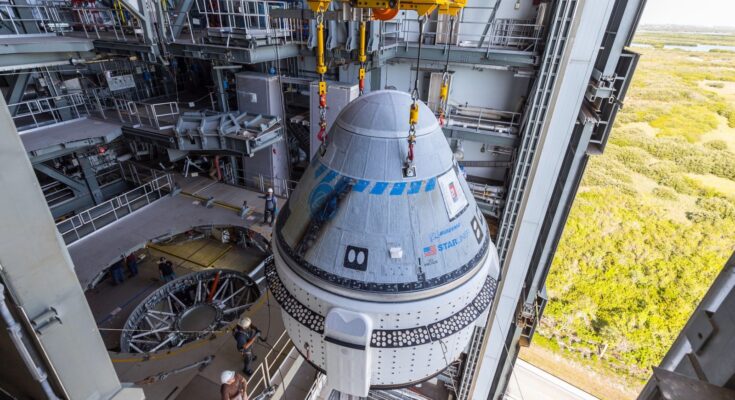Earth’s gravity may have been as strong 3.7 billion years ago as it is today, pushing back the initial period of this planetary bubble by 200 million years. .
Time introduces gravity to the time when life first appeared The world . Earth’s oldest fossils – bacterial mats called stromatolites – it started 3.5 billion years ago with some researchers claiming to have found ancient stromatolites such as 3.7 billion years .
The new study suggests that at the time, the planet had a protective magnetic bubble around it that deflected solar radiation and damaging particles from the sun.
However, the flow of solar particles was very strong at the time, it said Claire Nichols Earth scientist at the University of Oxford and the main author of the study, which was published on April 24 at Journal of Geophysical Research . The “strong solar wind” would have removed the magnetosphere that protects the planet, meaning that Earth was much more shielded than it is today. That result has implications for research other life .
“When we’re looking for life on other planets, gravity isn’t important,” Nichols told Live Science. “Because in fact, with a very small magnetosphere, it still seems like life was able to continue.”
The hunt for extraterrestrial life is just one reason to wonder Earth’s gravity . Not every planet has a magnetosphere, and researchers don’t know exactly what got Earth into gear. Today, gravity is driven by the convective flow of the core liquid layer and the transfer of heat from the solid inner core to the convective outer layer as the former cools. But the researchers think that the foundation was not solid enough about a billion years ago .
Co-author Athena Eyster stands in front of a large display of coiled metal, a rich repository of metal from which magnetic signals were extracted. (Image credit: Claire Nichols)
Nichols and his team have gone far in search of ancient gravitational signals – 93 kilometers (150 miles) inland in Nuuk, Greenland, to a place at the edge of the only accessible ice sheet. by helicopter.
The rocks from this area, called the Isua Supracrustal Belt, are among the oldest surviving parts of the Earth’s crust in the world. They have metal-rich structures that store information about where and how strong the magnetic field was when the rocks were formed.
Researchers can also look at the folds of the rocks caused by later Earth changes to see if the direction of gravity matches the direction of the rocks. If not, gravity predates those geological events, whose age researchers usually know.
Using these methods, the researchers found that 3.7 billion years ago, the magnetic field was at least 15 microtesla in strength. That’s half the average gravity today. But that’s a low estimate, Nichols said, so it’s possible the field back then was as strong as it is now.
“Whatever was driving the gravity in the core was as strong as before it was sealed,” Nichols said.
Now researchers are interested in exploring in depth the relationship between ancient gravity and the Earth’s atmosphere. About 2.5 billion years ago, the atmosphere experienced a flood of oxygen. This was partly due to the development of photosynthesis But gravity can affect which gases stay in the atmosphere and which escape, Nichols said.
“I’m really interested in how gravity has played a role in the evolution of Earth’s atmosphere over time,” Nichols said.






